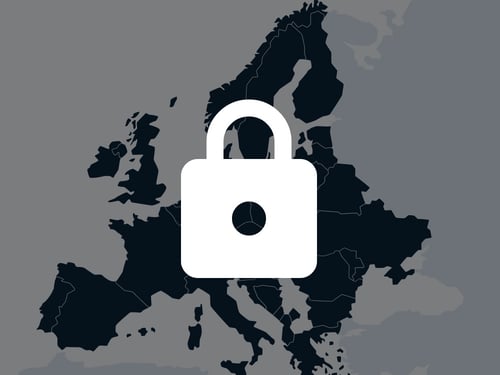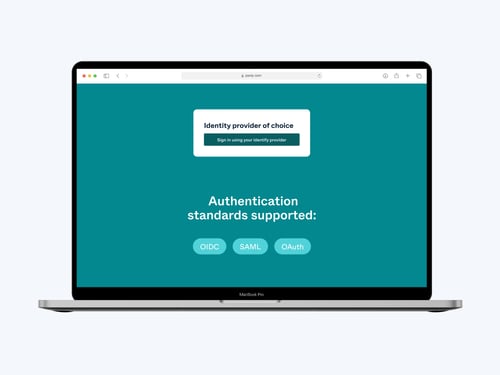For years, organizations have prioritized openness, breaking down barriers to information sharing in the name of collaboration. But in an era of escalating cyber threats, this approach has become an increasing liability. Whether from external attackers exploiting vulnerabilities or insiders with excessive access, the risks of a breach have never been higher. This is especially true in high-security environments like government, defense, and other critical sectors.
Instead of assuming safety within the network, we at Pexip have long recommended that organizations adopt a Zero Trust model – a type of security architecture in which every access request is verified, movement within systems is restricted, and security is enforced at every layer. This approach is key to secure video conferencing, especially in high stakes environments.
Zero Trust in response to advanced cyber threats
The International Telecommunication Union's (ITU) Global Cybersecurity Index (GCI) 2024 points out the escalating cyber threats we face today. The report highlights a significant rise in ransomware attacks targeting governments and critical sectors worldwide. Notably, the GCI 2024 evaluated 194 countries, revealing that since 2021, nations have increasingly prioritized and invested in cybersecurity to boost their defenses.
The escalation in sophistication and frequency of cyberattacks is due in large part to the integration of artificial intelligence (AI) by both cybercriminals and state-sponsored actors. This evolution has led to more advanced and targeted attacks, challenging traditional defense mechanisms. A recent survey by Accenture revealed that 80% of bank cybersecurity executives feel they cannot keep up with AI-powered cybercriminals. Hackers are leveraging AI to craft more convincing phishing scams and to breach sensitive data, outpacing current security measures.
The rise of AI-driven cyber threats underscores the urgent need for organizations to adopt proactive and adaptive security strategies. Implementing Zero Trust architecture, enhancing AI-based defensive tools, and fostering continuous threat intelligence sharing are critical steps to mitigate these advanced risks. As cyber adversaries evolve, so must our defenses to safeguard critical infrastructure and sensitive information.
Conventional cybersecurity methods must be reevaluated
These developments require organizations to reassess traditional cybersecurity approaches. The assumption that verified insiders can freely navigate internal systems now poses a significant liability. Regardless of the strength of perimeter defenses, eliminating the possibility of a security breach is mission impossible. To mitigate exposure, adopting a Zero Trust approach is key.
At Pexip, we see an increasing number of organizations, spanning both public and private sectors, that are implementing Zero Trust strategies to minimize the impact of potential intrusions in video conferencing. For certain government entities, such as military or intelligence agencies, elevated security measures are fundamental, making Zero Trust essential. Non-compliance can result in disconnection, and in some cases, breaches can have life-or-death consequences.
It's all about access control
Zero Trust architecture operates on the principle of continuous verification, requiring users to authenticate at every interaction, such as when attempting to access a confidential video meeting. This necessitates dynamic and efficient access and identity management. In a Zero Trust environment, user access rights are restricted and meticulously managed at every system juncture. Access is granted based on verified, legitimate needs and is subject to frequent reassessment.
As cyber threats continue to evolve in complexity and frequency, embracing Zero Trust is not just a strategic advantage but a necessity for safeguarding organizational integrity and sometimes even national security. That’s why Zero Trust is key to our Pexip Secure Meetings, ensuring that when it comes to your confidential video conferences, only the right people are in the right meeting at the right time. All the time.





